COLOMBO, SRI LANKA - 2020/04/04: A Sri Lanken woman carries packages of dry rations of food and commodities distributed by Sri Lankan police Special Task Force during the island-wide curfew.
The Sri Lankan government has implemented an island-wide curfew until further notice in order to slow down the spread of the SARS-CoV-2 coronavirus that causes the COVID-19 disease. To date Sri Lanka has confirmed at least 162 novel coronavirus infections with five deaths and 25 recovered. (Photo by Harshana Johanas/SOPA Images/LightRocket via Getty Images)
Sri Lanka: Media and factcheckers tackle Covid-19 “infodemic”
One year after the Sri Lanka bombings, independent media are playing an important role in demystifying the coronavirus, steering clear of stereotypes and debunking false stories.
by Nalaka Gunawardene, IMS advisor in Sri Lanka
INDEPENDENT MEDIA IN SRI LANKA DURING COVID-19
Coronavirus prompts general election to be postponed
There is never a good time for a disaster, but the Covid-19 pandemic caught Sri Lanka at an especially vulnerable time – without a parliament and while preparing for a general election.
On 2 March 2020, President Gotabaya Rajapaksa dissolved parliament six months before its five-year term ended, calling for a general election to be held on 25 April. Having won the presidency in mid-November 2019 election but lacking a Parliamentary majority, he wanted a fresh mandate.
Soon the virus intervened. On 11 March, the first local case of Covid-19 was reported. Over the next few days, more positive cases were found – all of them had travelled overseas recently, worked in the tourist sector, or were their immediate contacts.
On 19 March, soon after nomination of candidates was finalised, the independent Election Commission postponed the election citing the health emergency. By that date, there were 53 confirmed cases and efforts at disease surveillance and quarantine had been stepped up.
Since then more cases have been found: by 21 April, there were 310 confirmed cases (104 recovered, seven dead and the rest still in hospital) according to the Ministry of Health.
By developing country standards, Sri Lanka has well established public health system that provides free healthcare for most of the island’s 22 million people (private healthcare is also available for those who can afford it). This system – which in recent years has eradicated major diseases like polio (1993) and malaria (2016) – should be able to cope with Covid-19 as long as the virus transmission is contained and the number of cases does not rise too fast and become overwhelming. Such containment is precisely the aim of the closure of all schools and universities since mid-March and a countrywide curfew-lockdown since 20 March.
Health officials and public administrators have to manage the emergency and economic crisis without parliamentary supervision with even the courts functioning only sporadically. These conditions are far from ideal but have led to some improvisation and innovation in government, civil society and media.
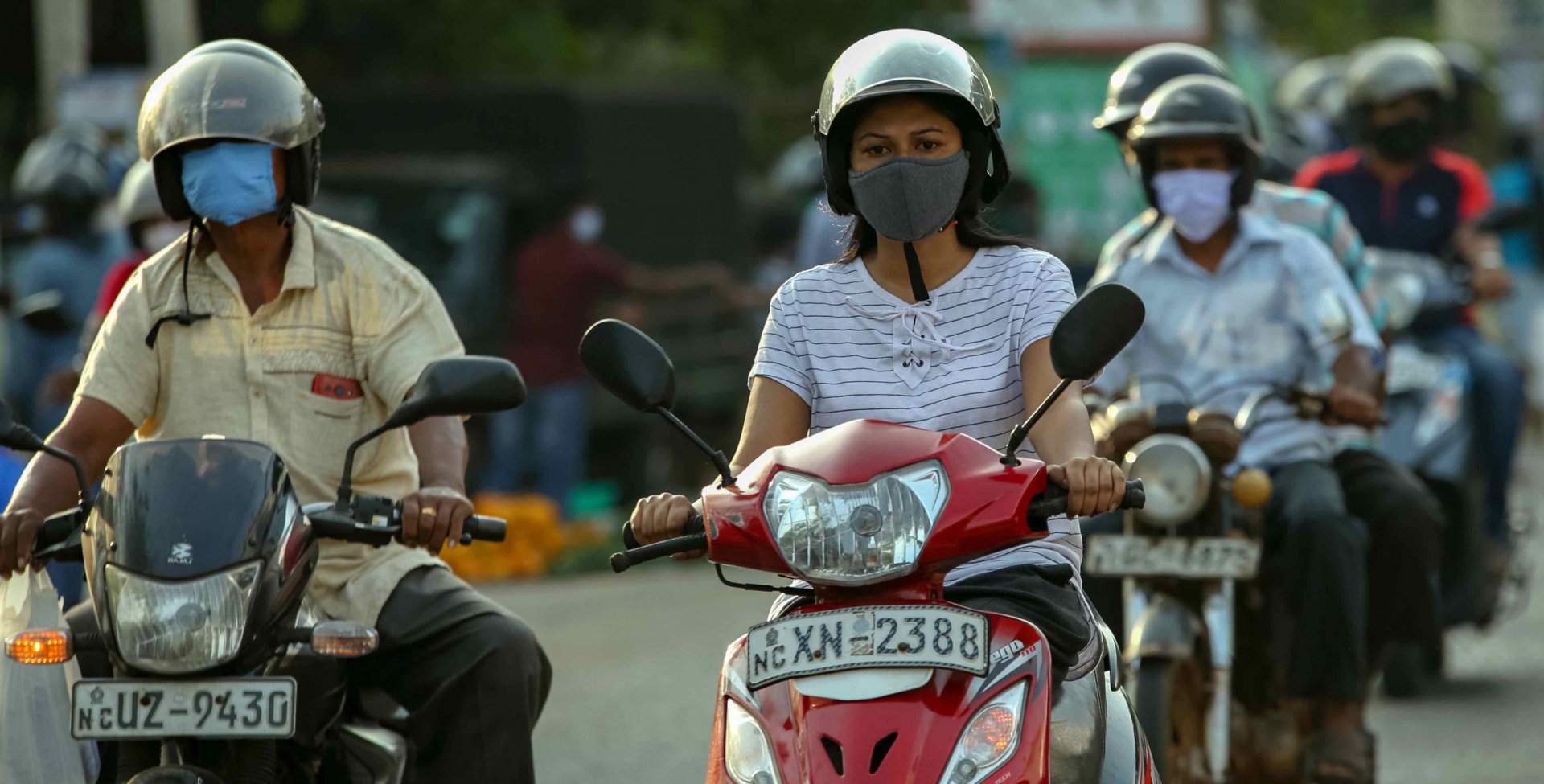
Timely information from the government
The value of timely and authentic crisis information has been recognised from early on. The Health Ministry’s Epidemiology Unit and Health Promotion Bureau (HPB) have been publishing epidemiological data updates every day and communicating key public health messages through broadcast and online outlets. Often in partnership with WHO Sri Lanka, the HPB is also customising health advice for easy sharing on social media in both the local languages, Sinhala and Tamil, as well as in English.
Information on the crisis response comes from the President’s office, Department of Government Information, military and the police. While message consistency and language parity have sometimes been lacking, official efforts to keep information flowing under trying circumstances need to be appreciated.
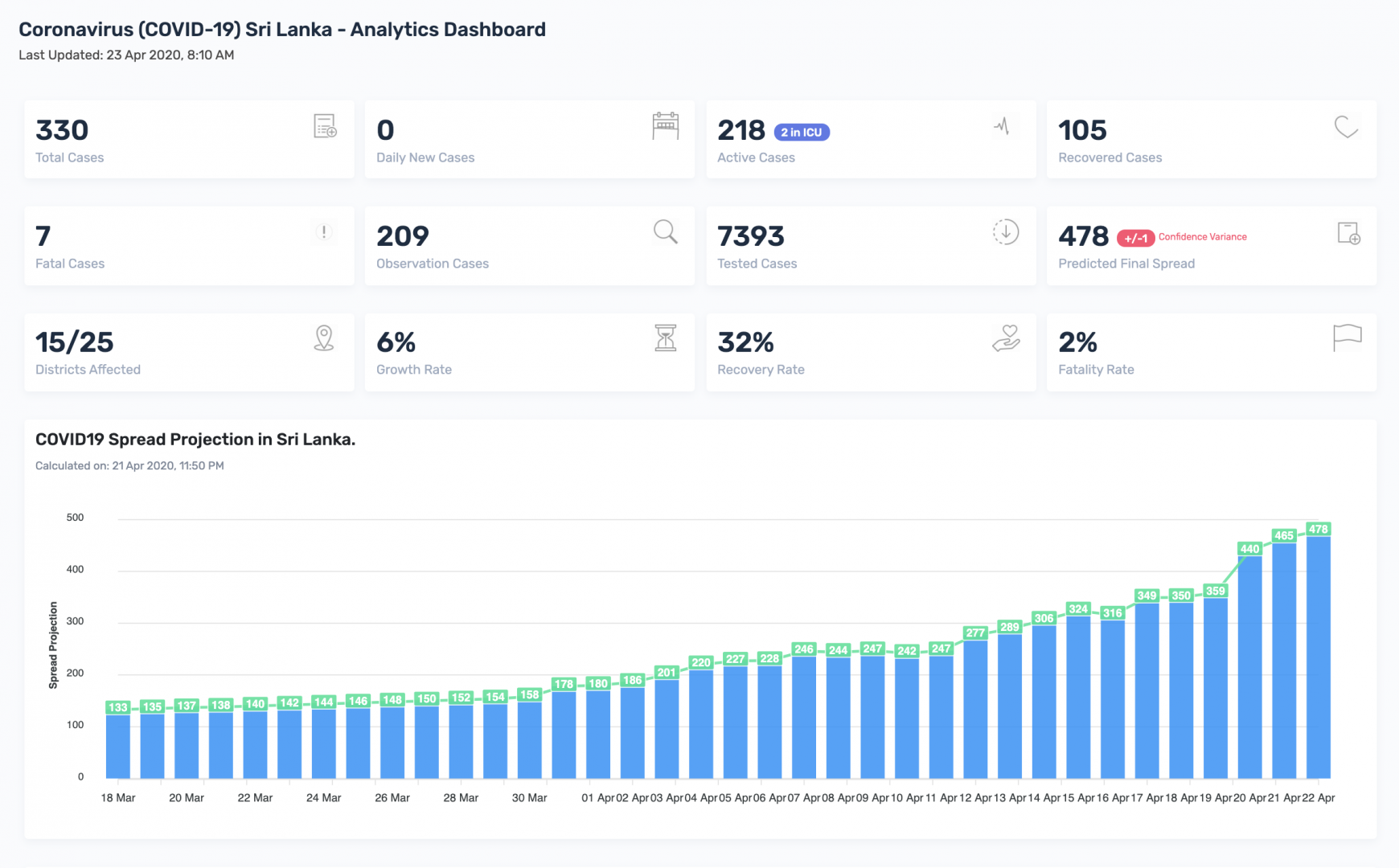
Sri Lanka’s IT industry – which exports software and knowledge services to many countries — has also stepped in with analysis. For example, Covid-19 Sri Lanka Analytics Dashboard uses official data but visualises and interprets in different ways.
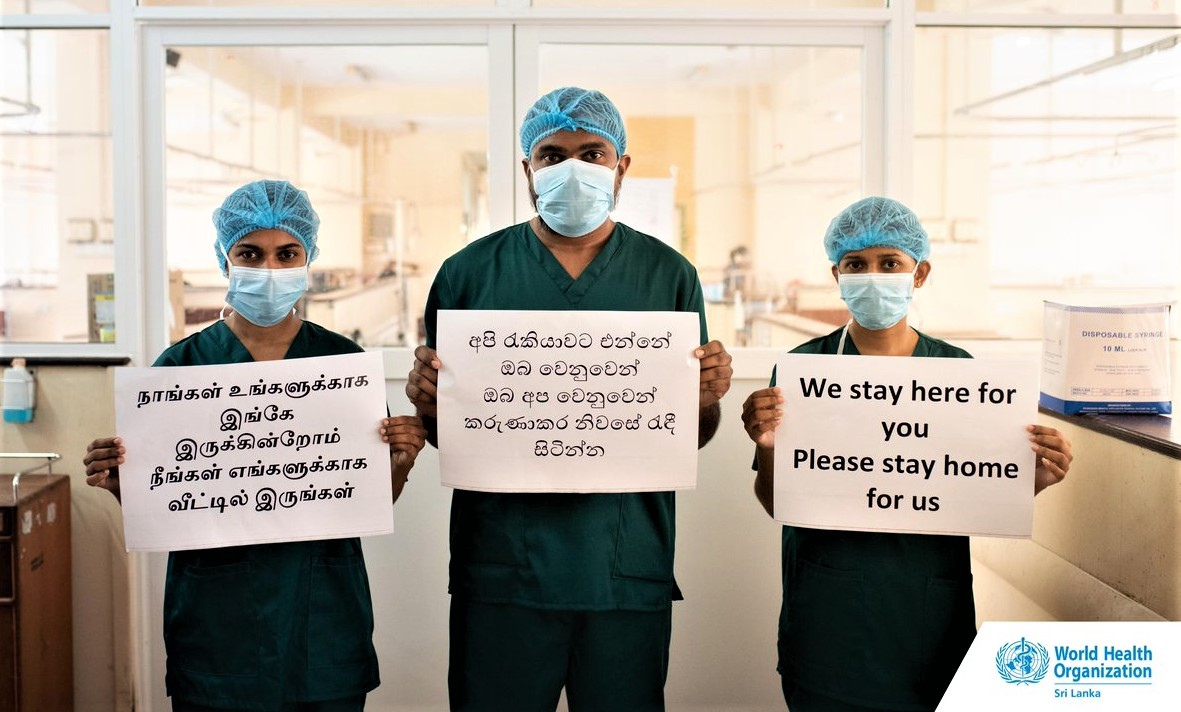
MEDIA REPORTING IN SRI LANKA
Making sense of the numbers
Journalists in legacy and digital media have found both challenges and opportunities in covering the pandemic.
The safety of field reporters and camera crews has been a key concern. In mid-March, several journalists’ associations urged media companies to ensure adequate sanitation facilities and protection for institutional and provincial journalists.
In newsrooms across the Lankan media, journalists are trying to understand and explain the pandemic’s spreading patterns and safety precautions.
“There is enough official information coming from various sectors of the government and lot of experts are willing to talk about the medical aspects,” says Azzam Ameen, a leading journalist who now runs his own digital media startup Newswire.lk.
Other journalists say that most experts are reluctant to discuss shortcomings in the government’s crisis management – this suggests a lack public debate in the media despite an abundance of data and official press releases.
Making sense of numbers has been a major challenge. Some perceptive media consumers have complained in social media how TV news coverage and commentary of Covid-19 sounds like updating scores of a cricket match.
“Our media’s tendency is to focus on the cumulative number of those currently infected, recovered and fallen victim, rather than the number of active cases, which I would argue is the most important of the data available,” says Roel Raymond, chief editor of Roar Media, one of Sri Lanka’s well established digital media houses.
She adds: “This reporting is often accompanied by headlines like ‘Sri Lanka’s Covid-19 count soars’, which in reality is very far from the truth – for at least five weeks after the first case was detected, the number of active cases remained below 150 and has only increased in recent days with more testing.”
Ample information – coming from official, expert or other sources – does not always mean it is reliable enough for news media’s use. Gagani Weerakoon, Deputy Editor at Ceylon Today newspaper, says this pandemic has generated a “massive influx of data, and as a journalist our biggest challenge is filtering information and verifying facts before our deadlines.”
She notes how some colleagues are “overwhelmed by the numbers, and conveniently fall in the trap of only reporting the numbers locally and internationally.” At her newspaper, she says, the editorial team has made a conscious effort to explore less-covered aspects – reporting about myths, human interest stories and what is happening to people who live in the streets and also how the relief is working.

“Our media’s tendency is to focus on the cumulative number of those currently infected, recovered and fallen victim, rather than the number of active cases, which I would argue is the most important of the data available.”
Roel Raymond
CHIEF EDITOR, ROAR MEDIA
MEDIA ETHICS IN SRI LANKA
Media ethics violated in Covid-19 coverage
Such thoughtful and sensitive coverage is uncommon in Sri Lanka’s legacy media where sensationalism, scare-mongering and privacy violations are rampant.
The health authorities never reveal the identity of confirmed patients or those quarantined but some outlets have breached media ethics and done so. That, plus careless use of terms like “corona suspects” have at times created panic.
Media’s misbehaviour is largely responsible for creating a stigma around the disease, which in turn impacts control measures. In early April, the Health Ministry urged everyone to “stop stigmatising and marginalising people with the virus” saying it could drive some people to hide their condition.
Around the same time, the Ministry issued guidelines for media’s pandemic coverage. Advice like “Do not mention race or religion of persons infected with Covid-19 or of those who die of it” is basic media professionalism but in Sri Lanka’s context, had to be reiterated.
“As a journalist, I felt ashamed that finally health authorities had to issue guidelines on how we should stick to media ethics when reporting about patients,” says Gagani Weerakoon.
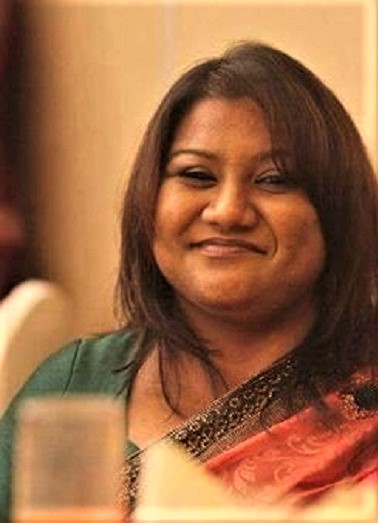
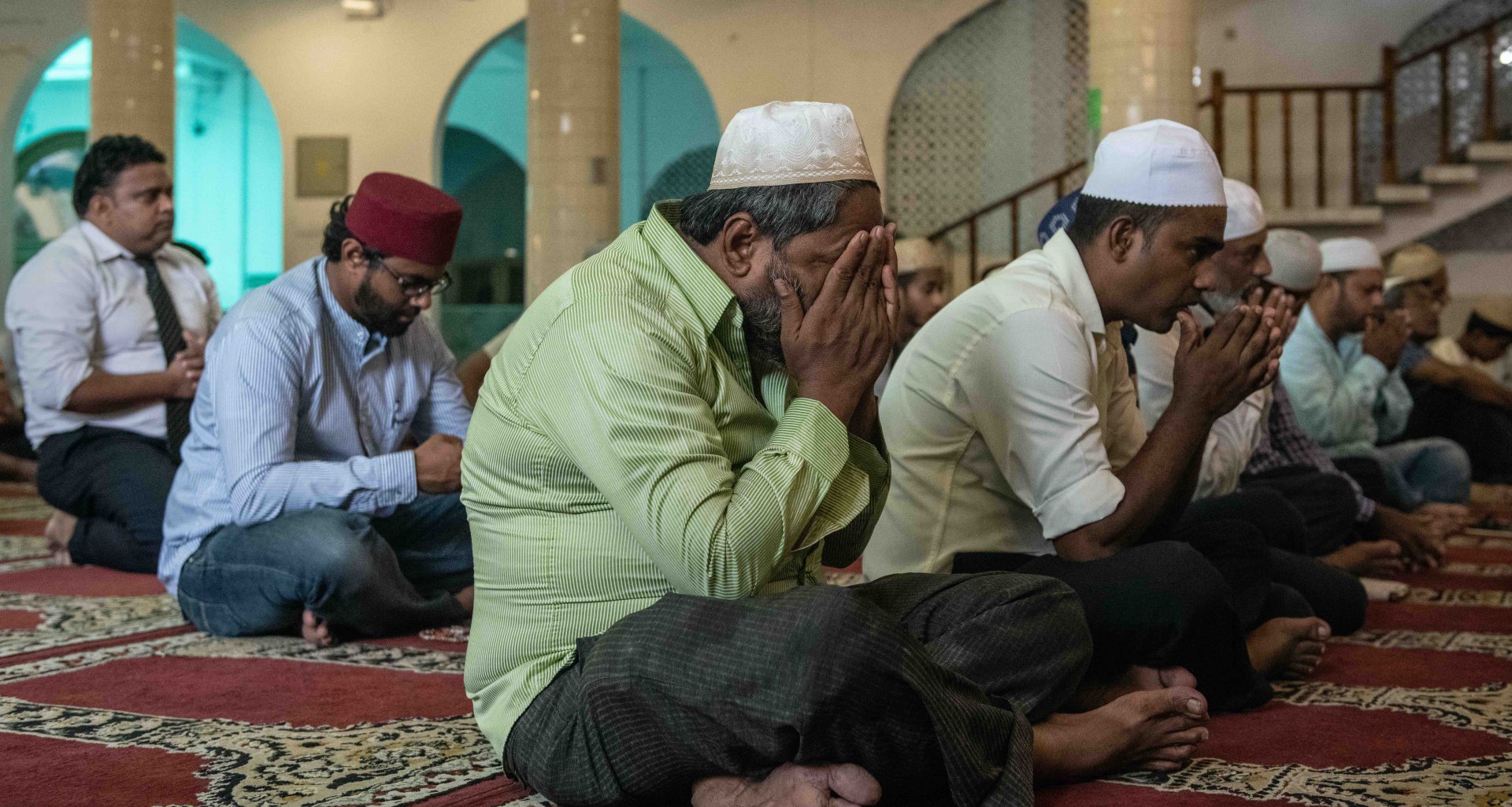
RACISM IN SRI LANKA MEDIA
Racism poisons media coverage
It is too early to predict the trajectory of this pandemic in Sri Lanka. However, two trends are already clear. The public health crisis is aggravating the country’s economic woes and undermining its fragile ethno-religious harmony.
Economic growth was already badly hit by Easter Sunday’s multiple terror attacks in April 2019. The attacks, staged by a few radicalised Islamic youth suicide bombers, reignited long-simmering ethno-religious tensions and shattered gains from a decade of imperfect reconciliation following the civil war’s end.
In the weeks that followed, there was a wave of Islamophobia fanned by politically motivated Sinhala ultranationalists and amplified by sections of the media. In some locations it led to mob attacks on Muslims.
In the wake of Covid-19, anti-Islamic sentiments and anti-Muslim hate speech have reared their ugly heads again. This time the nationalist media are trying to implicate Muslims, who make up 10 percent of Sri Lanka’s multicultural population, of being “super-spreaders” of the virus.
Racism is not limited to journalists and editors – even the country’s leading trade union of medical doctors has been accused of anti-Islamic bias in giving professional advice to the government to racially profile Muslims.
“The coronavirus is our common enemy and we should all be united against it. Sadly, narrow political agendas seem to trump public health and communal harmony even during this emergency,” said Imthiaz Bakeer Markar, a moderate Muslim leader and a former media minister in a recent interview.
Racist content and ultra-nationalist editorial positions are found in both Sinhala and Tamil languages, and sometimes also in English. They reflect the stark reality of Sri Lanka’s mass media where most media outlets with high audience reach have been captured either politically or ideologically. Such media no longer serves the public interest, and the country lacks laws to check their lapses and excesses. (For example, there is no regulation of television and radio which are the primary sources of news for most people.)
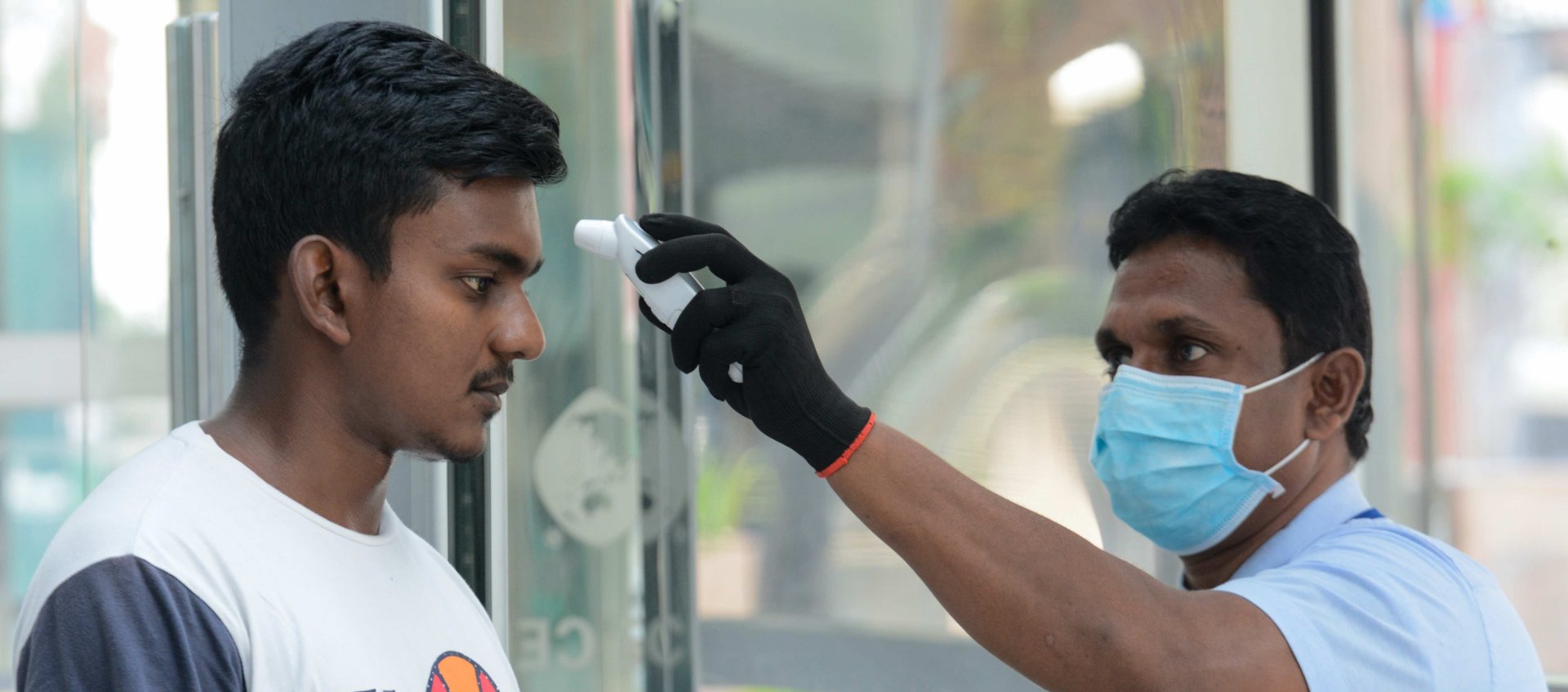
MONITORING MEDIA IN SRI LANKA
Tracking the media
This does not mean the legacy media goes unchallenged. Some digital media startups and media monitors keep track of biases, inaccuracies and ethical breaches in the high reach broadcast channels and newspapers. The crisis has brought their role into sharp focus.
“We can see across mainstream media unethical reporting related to Covid-19,” says Deepanjalie Abeywardana, head of media research at Verité Research think tank and one of Sri Lanka’s leading media monitors. “There are two strands. First is the inaccurate and misleading information being published, e.g. conspiracy theories when most of them have [already] been factchecked and debunked. Second, some mainstream media often assign racial labels when discussing those infected, which can fuel ethnic and religious tensions.”
To be sure, it is not just mainstream media that spread deliberate falsehoods (or disinformation) about the disease. Falsehoods are also flowing through some news websites and social media platforms – on the latter, many users unknowingly share fabrications, distortions and conspiracy theories without any verification (misinformation).
Yet given the reality of only around a third of Lankans being online, digital spreading of disinformation has limits. In contrast, disinformation on local TV – which reaches over 90 percent of households – can reach far more people and faster. Terrestrially distributed TV and radio still dominate news and opinion shaping.
Given this reach, engaging broadcasters matters. IMS is in dialogue with the Broadcasters’ Guild formed in 2017 as a common industry alliance bringing together all state and most private broadcasters. This voluntary body has advocated their members’ greater social responsibility during the crisis. On 15 March, for example, all broadcasters devoted two hours of common airtime to highlight key public health messages on Covvid-19.
Countering disinformation
Tackling disinformation is not easy and it requires several strategies working in tandem.
One approach is fact-checking: four services are operating in Sri Lanka. Two (FactCheckLK and WatchDog) are home-grown while the other two (Fact Crescendo and AFP FactCheck) are international. All four have been checking disinformation related to Covid-19. Additionally digital media startups like MediaLK.com and Citizen.lk are doing their own factchecking on politically sensitive Covid-19 stories with falsehoods.
But factchecking doesn’t spread as fast or wide as disinformation (and many legacy media outlets do not carry corrections). To spread factchecking further, IMS is partnering with one of Sri Lanka’s leading YouTube content creators, Hari TV, to produce short TV programmes in Sinhala and Tamil called Exposing Corona Fake News.
Released to broadcasters as well as on social media, these clarify or debunk selected Covid-19 disinformation. We prioritise falsehoods that can harm an individual’s health, community wellbeing or communal harmony. The groundwork is done by investigative journalists and factcheckers who also help disseminate the show on multiple digital outlets.
Even when it’s boosted, factchecking alone cannot stem the rising tide of disinformation. After several cautions, the police have started arresting people who spread falsehoods on social media. As Sri Lanka has no specific law on fake news, charges will probably be framed under public health or IT related laws. But it raises concerns about arbitrary limits to free expression.
In the long term, the only way to build defences against falsehoods and media manipulation is by enhancing everyone’s media literacy and digital literacy. That is one of IMS Sri Lanka’s key goals. The lessons of dealing with the Covid-19 “infodemic” will guide our programme for years to come.
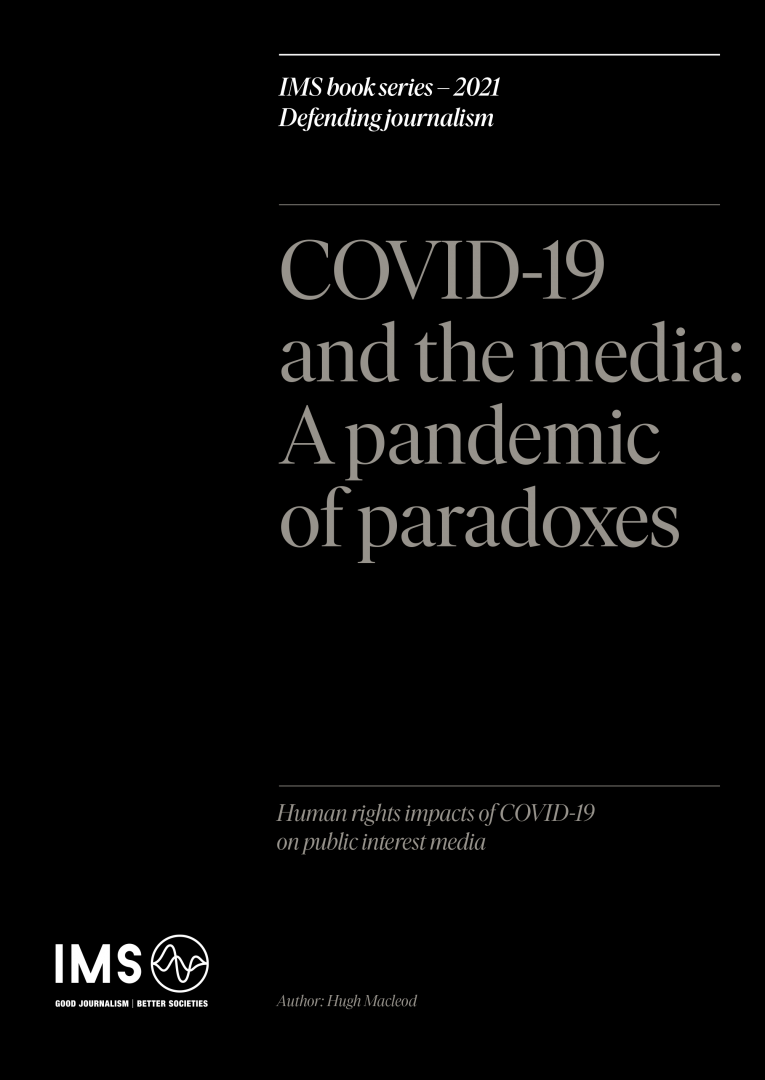
Covid-19
A TURNING POINT FOR INDEPENDENT MEDIA?
Around the world, Covid-19 is re-awakening people to the vital role that independent media plays in their societies.
From Afghanistan to Zimbabwe, many independent media outlets are seeing their audiences grow as people realise they need quality information to navigate the crisis.

